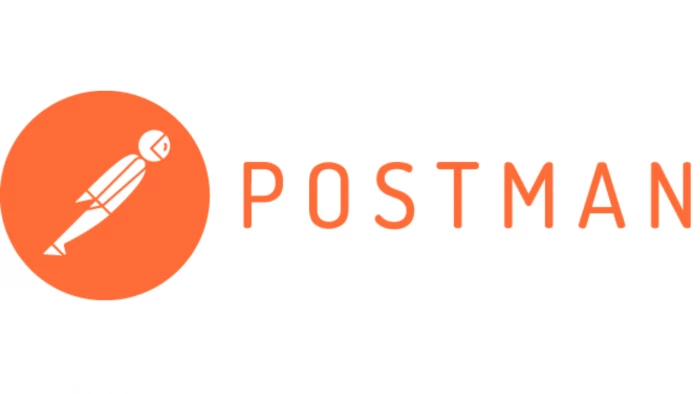

Postman has been one of the most popular API development and testing tools for years. It simplifies collaboration, debugging, and documentation. But as the API ecosystem expands, different users have different needs — developers, QA engineers, project managers, and even small startups might look for tools that better suit their workflow, budget, or preferences.
In this blog, we’ll explore the best Postman alternatives in 2025, looking at them from different points of view — so you can decide which tool fits your role and requirements best.
Developers often need a clean, intuitive interface and strong integration with code workflows. Insomnia shines here with its lightweight UI, GraphQL support, and environment variables. Its ability to integrate seamlessly with Git makes it developer-friendly.
API design is as important as testing. Paw, available for macOS, focuses heavily on design and visualization. It supports dynamic values, code generation, and advanced API modeling.
Some users prefer open-source solutions for transparency, flexibility, and cost savings. Hoppscotch (formerly Postwoman) is browser-based, fast, and free, with features like WebSocket testing and GraphQL support.
Testing teams look for automation, reporting, and cross-platform capabilities. Katalon Studio provides robust testing automation, CI/CD integrations, and built-in reporting.
Large organizations often need more than just testing—they need full API lifecycle management. Apigee, by Google, provides governance, monitoring, monetization, and analytics for enterprise-scale APIs.
Not every organization works only with RESTful APIs. SoapUI is ideal for those who deal with SOAP services alongside REST. It offers automation, load testing, and data-driven testing.
For many, documentation is the biggest challenge. Swagger makes designing, documenting, and testing APIs easier with its OpenAPI specification standard. It helps teams ensure consistency across API projects.
Some users don’t need advanced features; they just want something lightweight and fast. RESTer, a Firefox add-on, is perfect for quick API requests without downloading heavy tools.
If you’re already living inside VS Code, why switch to another app? Thunder Client is a VS Code extension that lets you test APIs directly in your IDE.
Some professionals need performance, security, and functional testing in one place. ReadyAPI (from SmartBear) provides advanced automation, CI/CD pipelines, and scalability.
| Tool | Strengths / Unique Features | Limitations / Trade-offs | Best Use Case / Target Audience | Notes on Collaboration & Automation |
|---|---|---|---|---|
| Postman | Rich feature set: request building, collections, mock servers, documentation, monitoring, API lifecycle support | Can become heavy/sluggish with large collections; some features locked behind paid tiers | Teams needing an all-round API platform with ecosystem support | Strong built-in collaboration (shared workspaces, role controls) and CI/CD support via Newman |
| Insomnia | Lightweight, fast interface; supports GraphQL, REST, WebSocket; extensible via plugins; local vault or Git sync options | Less sophisticated collaboration features compared to Postman; fewer enterprise workflow capabilities | Developers or small teams preferring speed and simplicity | Collaboration via paid plans or Git sync; scripting support but more limited vs Postman automation |
| Hoppscotch | Browser-based (no install), open-source, minimal UI, supports REST, GraphQL, WebSockets | Less rich in advanced testing/automation, team management, integrations | Developers needing a quick, free, browser-first tool | Good as a companion for quick checks; collections and environment features are basic |
| Katalon Studio | Unified test automation (API + UI + mobile), supports both codeless & scripted tests, strong reporting, CI/CD integration | Heavier tool, steeper learning curve; some features restricted to paid versions | QA teams doing integrated testing beyond just API | Good for teams wanting a single tool for multiple kinds of test automation |
| ReadyAPI / SoapUI (Pro version) | Advanced capabilities: security testing, performance testing, SOAP + REST support, detailed analytics | Premium cost; might feel overkill for lightweight use | Enterprises needing advanced, comprehensive API testing | Good upgrade path if you’re already using open-source SoapUI |
Instead of asking “Which is better than Postman?”, think about:
The best tool is the one that fits your perspective and workflow.
👉 Final Thought: Postman is still excellent, but alternatives like Insomnia, Paw, and Hoppscotch are proving that one size doesn’t fit all. Whether you’re a solo coder, a QA tester, or managing enterprise APIs, there’s an alternative built just for you.
Be the first to post comment!